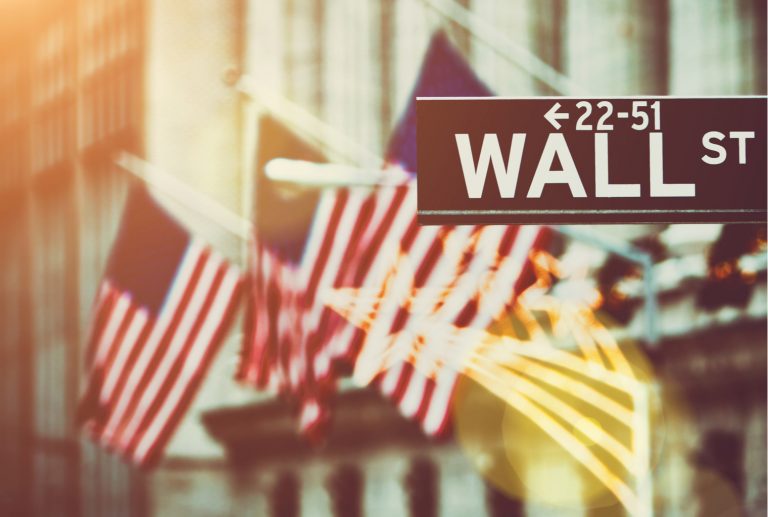
As the darknet’s largest market prepares to wind down, its second largest is taking the strain. When Dream closes for good at the end of April, Wall Street will become the largest darknet market (DNM), at least until Dream’s successor launches and can prove its legitimacy. Paranoia has pervaded the darknet in recent weeks amidst uncertainty over marketplace integrity and a string of high profile busts.
Also read: The Darknet’s Largest Marketplace Is Closing – But a Replacement Is on Its Way
Wall Street Profits from Dream’s Demise
While Dream winds down the clock, ahead of a planned shutdown and transition to a new DNM, customers have flocked elsewhere. Many have taken up residence at Wall Street, which has struggled to process the spate of new orders. A notice posted on the site this week warned of address generation, input detection, signing messages and other onchain processes taking longer than normal. Unlike Dream, Wall Street doesn’t provide deposit addresses: instead buyers send funds from a personal wallet directly to a two-of-three multisig, created for each unique transaction.

Customers have the option to pay with BTC or with monero (XMR), and PGP login is available for added security. The number of vendors and listings on Wall Street is much lower than on Dream, and the success or failure of the first orders placed by former Dream users will be pivotal in determining whether Wall Street can capitalize on its competitor’s impending demise.
With DNMs in Turmoil, LEA Launches Crackdown
In addition to facing uncertainty on the darknet, vendors and buyers have been on high alert in the streets. A series of law enforcement raids have added to the sense of disquiet, including



